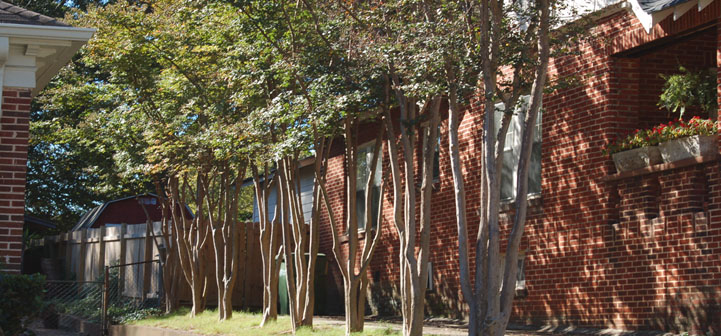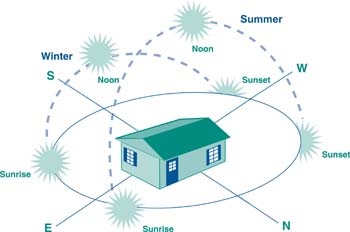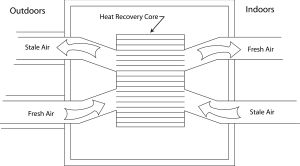Reviewed and Revised on 10/31/2013
Several features contribute to increasing the energy efficiency of a home swimming pool: proper selection, installation, and operation of the pump, filter, heating system, and cover.
Pool pumps
You can reduce energy consumption and maintain a comfortable swimming pool temperature by using a smaller, higher efficiency pump and by operating it less. In a study of 120 pools by the Center for Energy Conservation at Florida Atlantic University, some pool owners reduced their original pumping …





